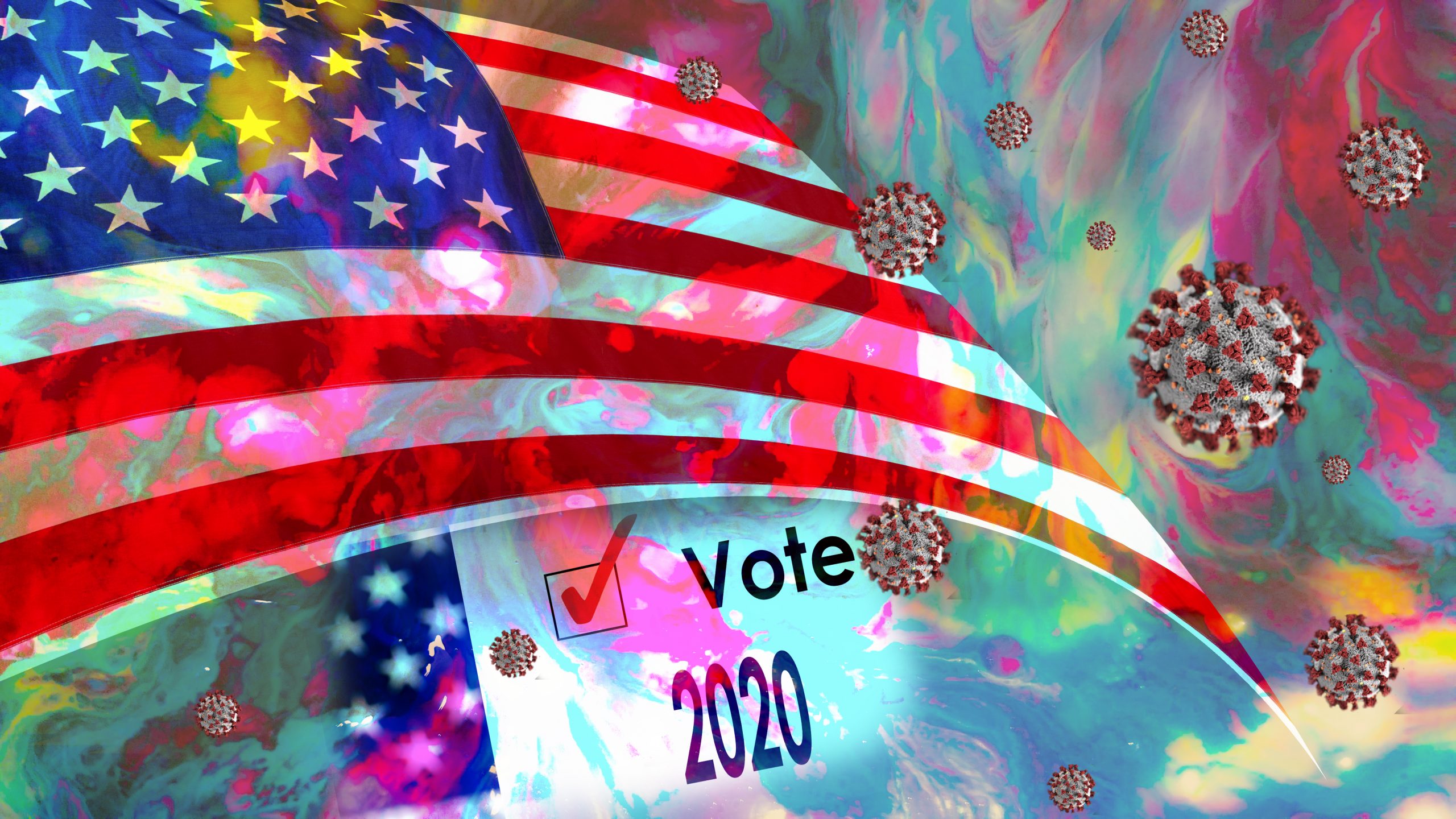
Stress Levels and the 2020 Election
November 16, 2020
Political Ads and Discussions – Have We Seen Enough?
December 2, 2020As many of you are probably experiencing, the past few weeks we have seen a surge in the demand for research, specifically online quantitative research. Whether it is a direct impact of COVID and trying to better understand consumers’ changing behaviors, fielding studies tied to the 2020 election, organizations trying to use up their 2020 budget before the end of the year, or a combination of all three, the overall effect has been a surge in the need for insights. But with that surge has come some fielding challenges.
You may have experienced these challenges when fielding research studies in the past few weeks. Others have written about the challenges our industry is facing, and we want to offer our perspective and some recommendations as we navigate through this.
Industries around the globe have seen and felt the impact of a tumultuous year— and market research is no exception. From our perspective, we saw response rates increase in the spring and summer. Respondents were utilizing different devices to take surveys in the past due to working from home and other changes in behavior. Likewise, VPN usage greatly increased as many worked from home, necessitating adjustments to digital fingerprinting measures used to evaluate fraud.
While marketing research has always experienced waves in terms of supply and demand, 2020 has seen more extremes. Research spend was incredibly high in Q1 of this year. However, demand for surveys was extremely low (overall that is; however, in some industries, many were still spending quite a bit) in the spring and summer. Sample companies were not immune to the tough decisions many brands and marketing research firms had to make this summer. Cuts were made and many sample providers had to make the tough decision to lower panelist recruiting budgets until demand increased.
Fortunately, the industry has greatly rebounded this fall and we expect this to continue through the winter as brands try to leverage consumers’ changes in attitudes and behaviors and pivot to a possible new world. Survey demand is extremely high.
The demand for respondents has created numerous challenges as sample companies react to this and build toward it.
What can market researchers do to mitigate this?
1. Cut your providers’ feasibility
While most already cut back on what a sample provider says they can provide, we recommend reducing it even more. Offering lower feasibility helps to manage expectations.
2. Be patient and emphasize field time
Build significant extra field time into your overall timing. Rushing could provide poor data and may end up taking even longer in field. Supply will eventually respond, but the fast turnaround is not as feasible as it once was. We are recommending a few days longer in field, ideally including a weekend to help fulfill studies.
3. Be careful when using multiple sample providers
Ensure that you have a good de-duplication solution and cut back feasibility even more than usual. Now is not the time to launch studies with every random sample provider as that will just complicate the challenge.
4. Work only with proprietary sample
It is important to ensure that you’re only working with proprietary sample. Do not allow your provider to open it up to partners if possible. Demand transparency in terms of everyone that is sending traffic into your study. You may be surprised to learn many of your preferred panels not only use partners these days, but often different providers will use the SAME partners, creating more overlap than ever.
5. Budget for extra incentive
While CPIs are low, it is important to budget for an increase in incentive if needed to attract more respondents. With sample demand sharply increasing, respondents often must make a choice in terms of which survey they take, and they will likely choose the one with the greatest value to them.
6. Ensure all surveys are designed for mobile capability first
While the industry has been demanding this for years, it is even more important now to allow the respondent to take the survey on the device of their choice. Ensure you’re setting the proper time expectation with the respondent as well as it may take longer on a mobile device.
7. Survey design can also play a huge role
Designing shorter surveys, spending extra time testing the survey, tidying up the screener, and reducing more time-intensive activities for respondents can help improve the respondent experience, and ultimately, quality.
8. Manage client expectations
Be honest with internal and external clients. This may be the most important recommendation.
Following these best practices will significantly help our industry migrate back to a more predictable relationship between the demand for online survey participation and the supply of respondents.




